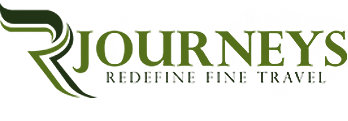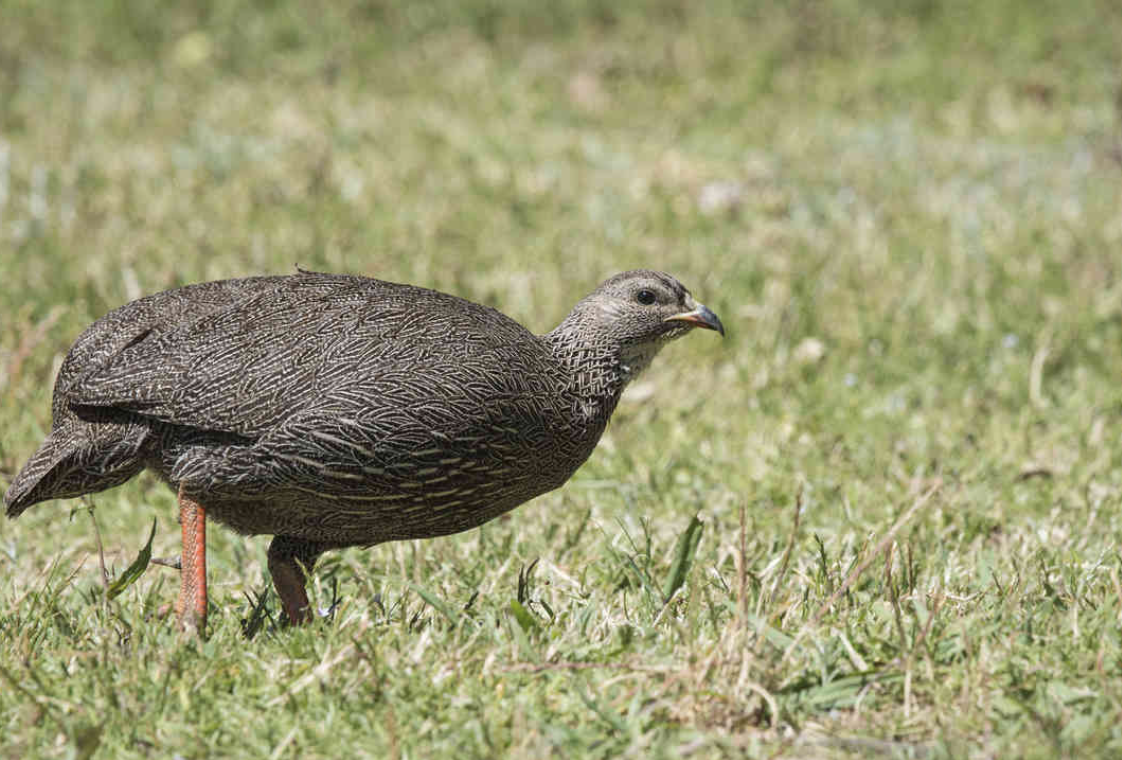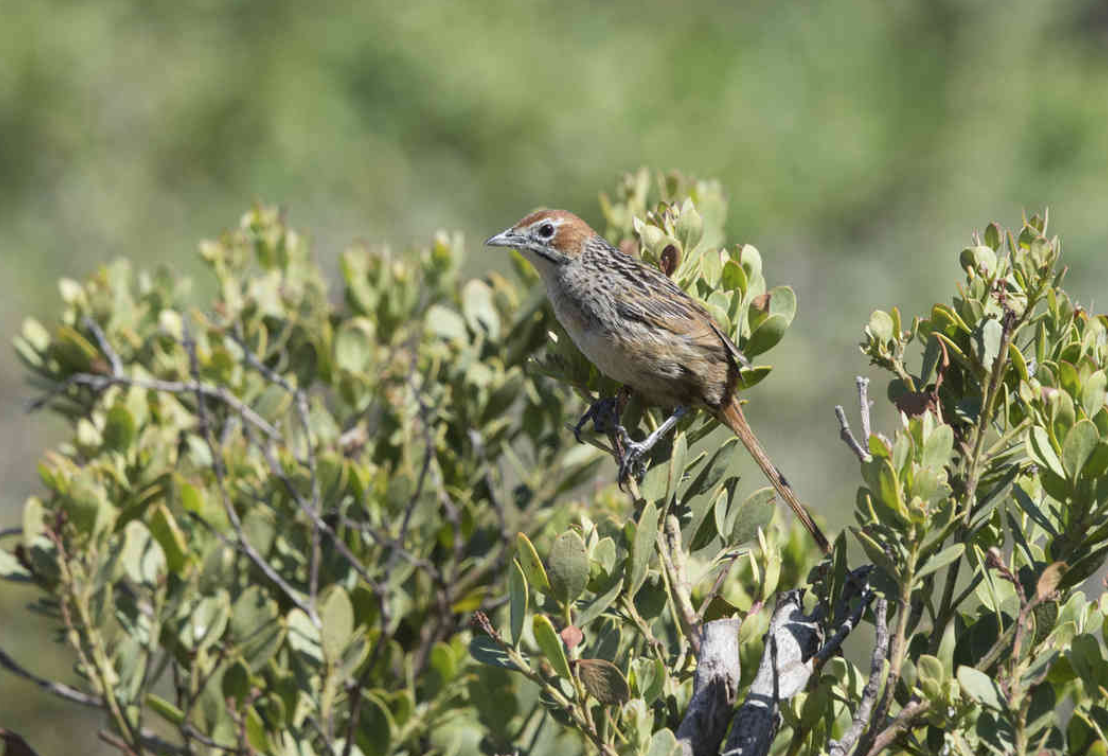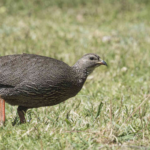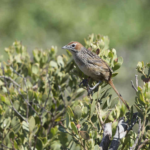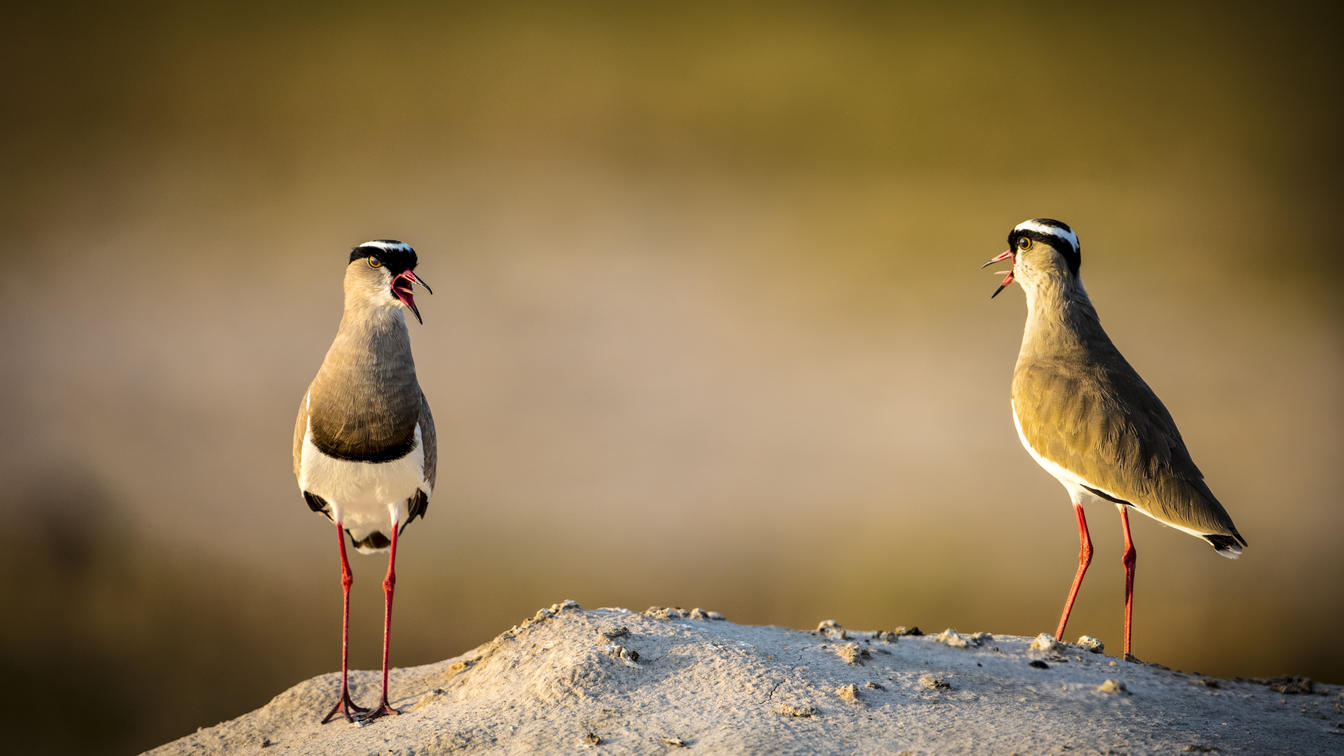
Birding – Best of South Africa
- Private Journey
- 13 days Prices available upon request
- Download Itinerary
-
Call 650 384 0033 M-F 9-5 PST or speak to your travel professional
Highlights of the Tour
- Explore the Western Cape and its endemic bird species.
- Spot the localized birds and arid-country specialities of the Karoo semidesert.
- Incredible Bird and Game safaris at Kruger National Park and acclaimed Sabi Sands. Kruger hosts 500 bird species.
- Enjoy the stunning vistas and differnt bird community at the picturesque & pristine Montane Grasslands
Cape Town | Hermanus | Karoo | Langebaan | Kruger National Park | Mount Sheba | Johannesberg
Take in the endemic-rich and complementary western and eastern birding zones of South Africa – a country of great contrast and exceptional diversity. The Western Cape is fascinating scenically and one of the world’s Floristic Kingdoms, very unlike the rest of Africa. The principle birding habitats here include heath-like Cape fynbos, coastal strandveld, rocky Atlantic coastline, and the arid Karoo with a resultant glut of endemics. We then fly to the bird- and mammal-rich savannahs of Kruger National Park before ending in the montane forests and grasslands of the country’s interior for added bird diversity. An optional pelagic trip out of Cape Town can also be added as a pre-trip extension.
Itinerary at a Glance
-
Day 1-2Cape Town - Cape Peninsula
-
Day 3Hermanus
-
Day 4-5Karoo
-
Day 6-7Langebaan - West Coast National Park
-
Day 8-10Kruger National Park & Sabi Sands
-
Day 11-12Mount Sheba
-
Day 13Depart for home or extend your journey
Cape Town - Cape Peninsula
On the next day, explore the Cape Peninsula at leisure. We will visit the Cape of Good Hope Nature Reserve with several photographic stops along the flanks of the Cape Peninsula Mountain chain on the south-western extremity of the country. Cape Point is a breath-taking reserve of spectacular sea views and rugged mountain ranges. Birds on offer include Jackal Buzzard, Peregrine Falcon, Ostrich, Grey-backed Cisticola, Cape Bulbul, Fiscal Flycatcher, and Cape Siskin. Mammals we could see include Afro Australian Fur Seal, Chacma Baboon, Rock Hyrax (Dassie), Common Eland, Southern Right Whale, and Long-beaked Common Dolphin. After lunch, we will head out across the Cape Flats to the Strandfontein wetland complex within the heart of which is the False Bay Environmental Park – an acclaimed waterbird destination home to a great variety of birds such as Maccoa Duck, Cape Teal, Cape Shoveler, South African Shelduck, African Oystercatcher, Greater Flamingo, Swift Tern and a variety of shorebirds in summer.
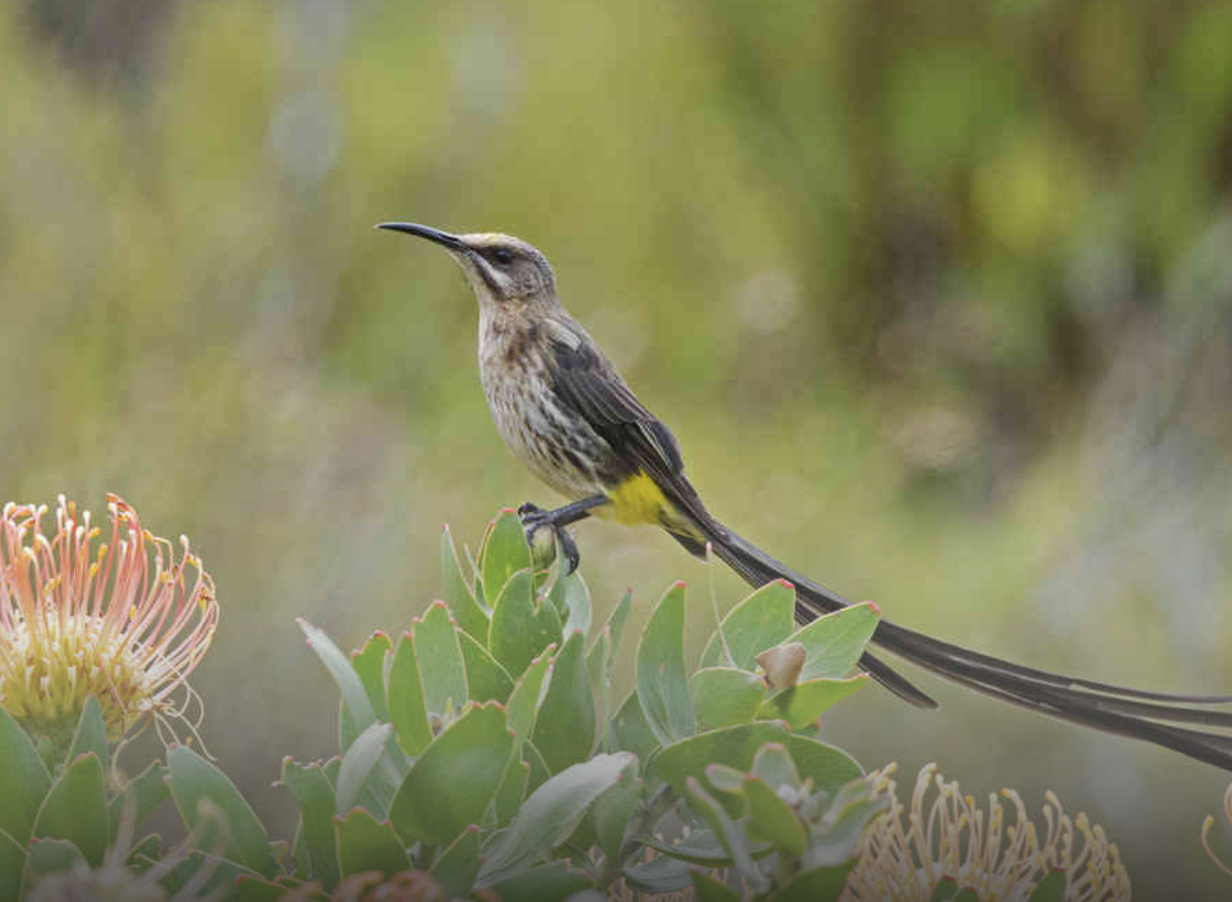
Hermanus
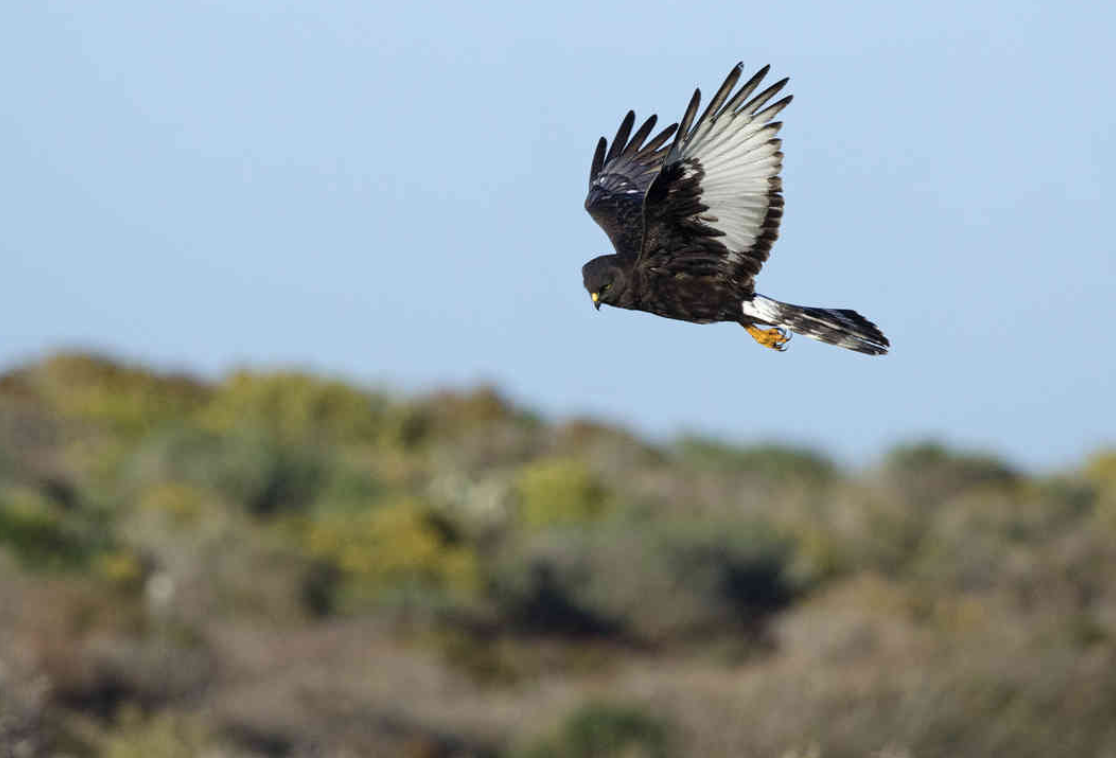
Karoo
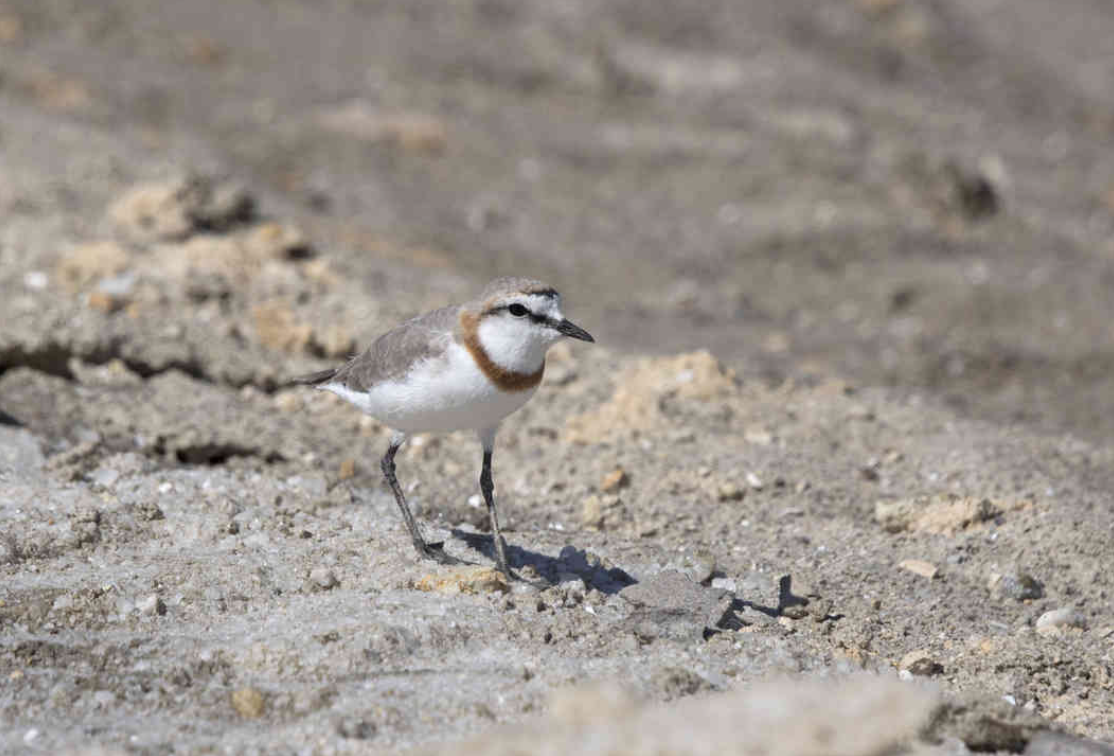
Langebaan - West Coast National Park
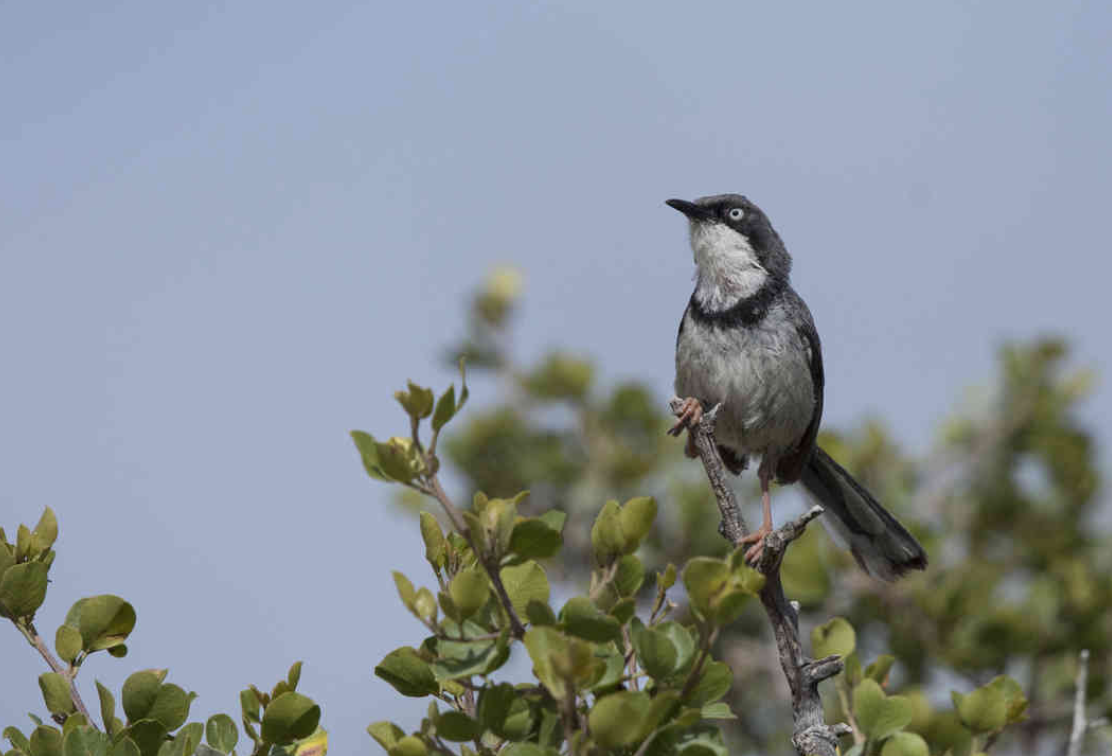
Kruger National Park & Sabi Sands
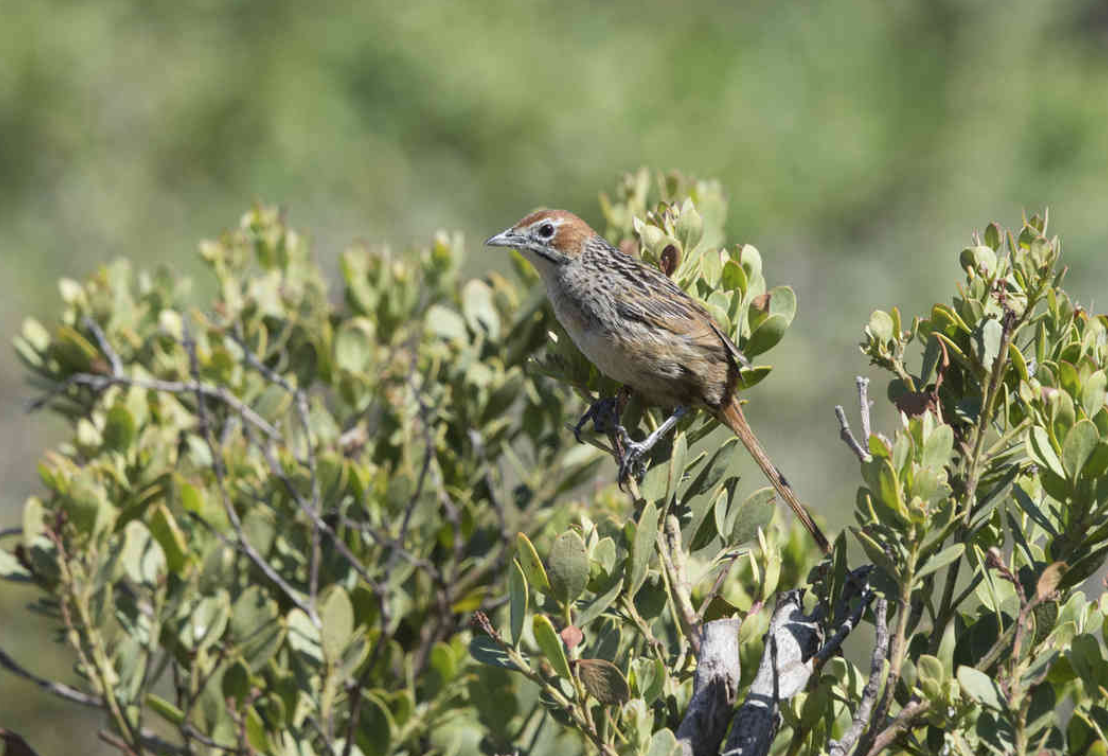
Mount Sheba
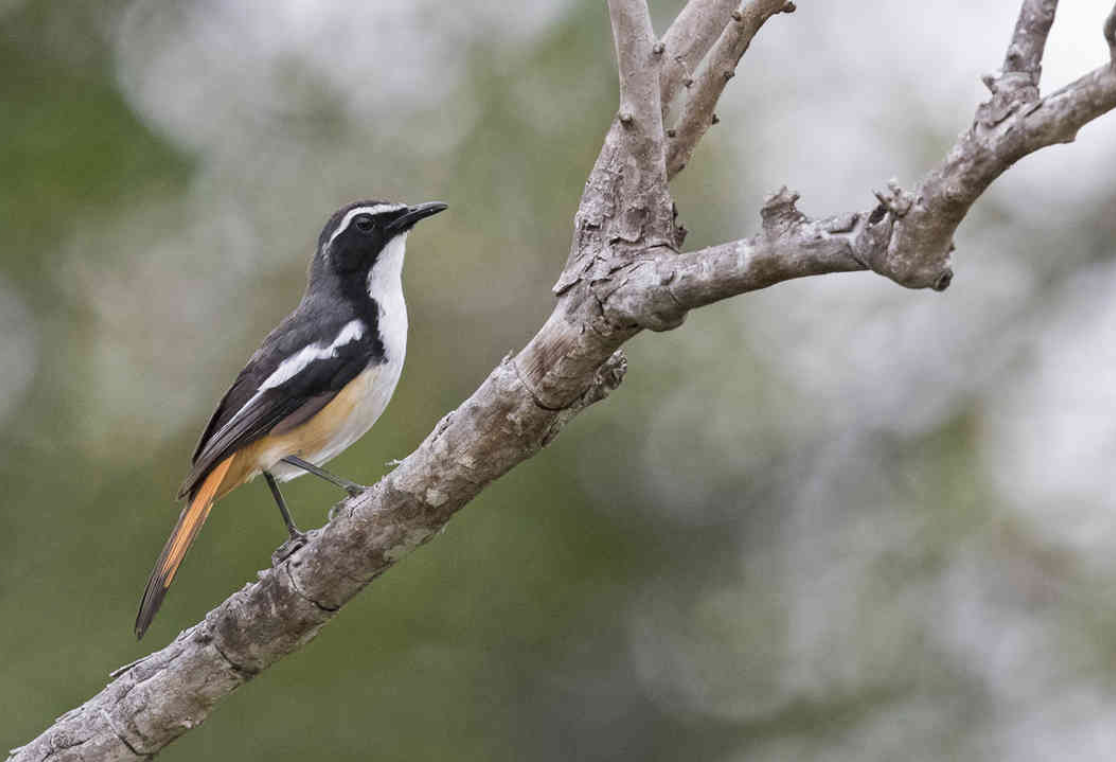
Depart for home or extend your journey
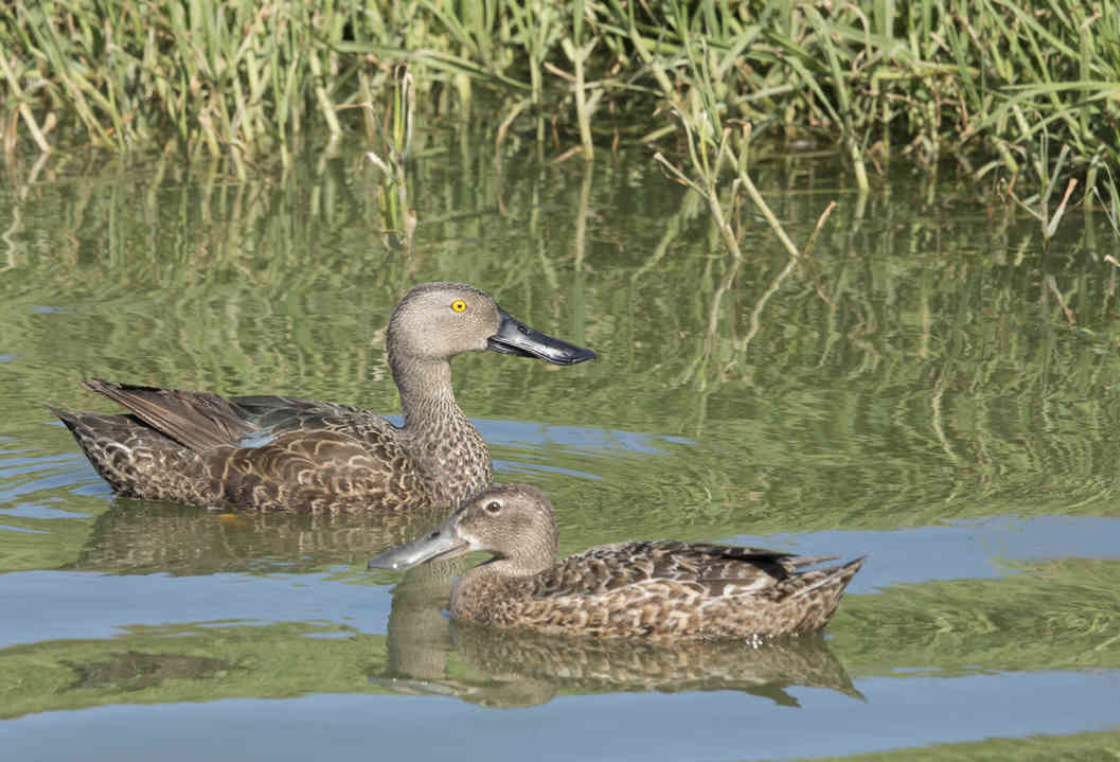
Pricing Details
Price available on request. Please email info@rjourneys.com or call 1-650-384-0033.
Our Safari Journeys:
Choose from three categories of accommodation – Adventure, Classic, and Premier – with the exclusivity of your experience and the level of authentic, sustainable luxury indicated by the category and price.
However, the fully inclusive rates are not just about the level of luxury or the thread-count of the linen. They encompass elements that cannot be counted or measured, such as exclusive access to vast tracts of Africa’s best wildlife areas, creating a unique sense of seclusion, comfort, privacy, and space.
In turn, your presence helps us in the conservation of all these areas. Our dedicated team works together with you to design a journey that suits your budget and bucket list desires.
Terms and Conditions
